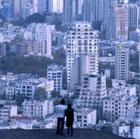 |
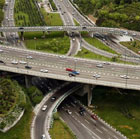 |
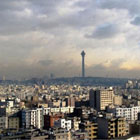 |
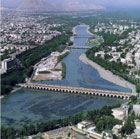 |
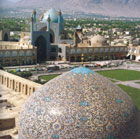 |
| Updates |
| Important Dates |
|
Scientific Committee
David Alexander |
Notice and news
- A new follow up initiative will be launched on 3rd of February. Silkcities.org
- A workshop on urban change in Iran will be held on Monday, 18 Dey (7th January),14:00 - 17:00, at The Faculty of Architecture and Urban Development, Shahid Beheshti University in Tehran click here
- Read the welcome message by the UNESCO Director General click here
- See photographs from the conference click here
- Please take the time to see the results of the competition click here
- The conference programme has been updatedclick here
Introduction
Known as one of the oldest civilisations in the world run by a state government, many of the origins of urbanism can be traced back to Iran (or Persia as it was called until 1935). Iranian architecture and urbanism has been a major influence in shaping an urban tradition now generically considered as that of the Islamic city: a tradition also resonating in some cities not considered as parts of the Islamic civilisation.
Today Iran is a modern developing country with a more than 50-year long history of adopting town planning regulations, with the second largest population in the region covering the second largest area within the Middle East and West Asia. Iran has the greatest (7 out of 28) number of cities of more than one million in the region. Tehran, Iran’s capital is the most populated city in the region. As a result of Iran’s rapid urbanisation, 68.5% of people are now living in cities in areas with remarkable economic, cultural and climatic diversity.
The policies to respond to these demographic moves and diversities include those of developing new towns, inhabiting the excess population in existing cities, rehabilitating historic fabrics and creating public spaces. Importantly, the country is the fourth natural-disaster prone country in the world, with many of its cities frequently subjected to severe damages throughout their histories.
Of particular interest for the conference are the socio-cultural drivers of urban transformation along with the impacts of exposure to natural hazards on one hand, and the way in which they are dealt with on the other. The conference aims to bring together the knowledge of the dynamics of urban change and that of urban management in the Iranian built environment context. It also intends to explore the ways in which the knowledge of the subject matter can inform the practice.
| Registration Information Download our posters |
 
|

 Follow us
Follow us